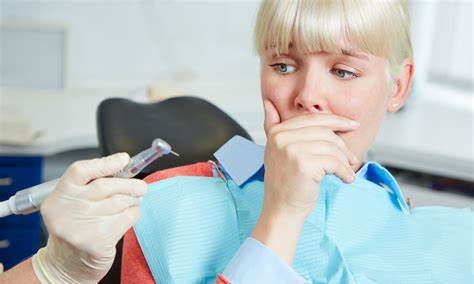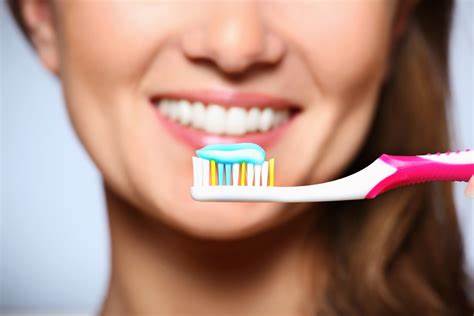Brushing teeth correctly--keep teeth healthy in rest of your life
With proper care, your teeth and gums could always keep healthy. The healthier the teeth and gums, the lower the risk of tooth decay and gum disease.
Brush your teeth and gums at least twice a day. If possible, brush for 30 minutes to 1 hour after each meal. Brushing can remove plaque attached to the teeth. When the bacteria in the plaque come into contact with food, acid is produced. These acids can cause cavities. Brush your teeth:
Brush your teeth and gums at least twice a day. If possible, brush for 30 minutes to 1 hour after each meal. Brushing can remove plaque attached to the teeth. When the bacteria in the plaque come into contact with food, acid is produced. These acids can cause cavities. Brush your teeth:
- Apply a little pea-sized fluoride toothpaste to the toothbrush head. (Use a soft toothbrush.)
- Point the toothbrush against the teeth at a 45-degree angle to the gum line.
- Use a small circular motion (if using an electric toothbrush, keep it at the same angle as the teeth and gum lines, then let it work) move the toothbrush. Continue this action and clean one tooth at a time. Rest the tip of the bristle on the gums. Avoid pressing hard and flatten the bristles on your teeth. (Only the tip of the toothbrush can clean the teeth.) Let the bristles extend into the gap between the teeth.
- Brush the top of the chewing surface of the posterior teeth. Make sure the piglets enter the bushes and cracks.
- Use the same small circular motion to clean the back of the upper and lower teeth - the side facing the tongue.
- To clean the inside of the bottom front teeth, tilt the head up and down towards the inside of the bottom of the mouth and move the toothbrush a small circle.
- For the inside of the front upper teeth, tilt the brush head up and down so that the tip of the brush head points toward the top of the mouth. Turn the toothbrush around.
- Gently brush your tongue and brush forward from the back of your tongue. Do not brush. This helps remove bacteria and refresh your breath.
- After brushing your teeth for two to three minutes, rinse your mouth with mouthwash.
- Change a new toothbrush every three to four months.
YOU MAY ALSO LIKE






